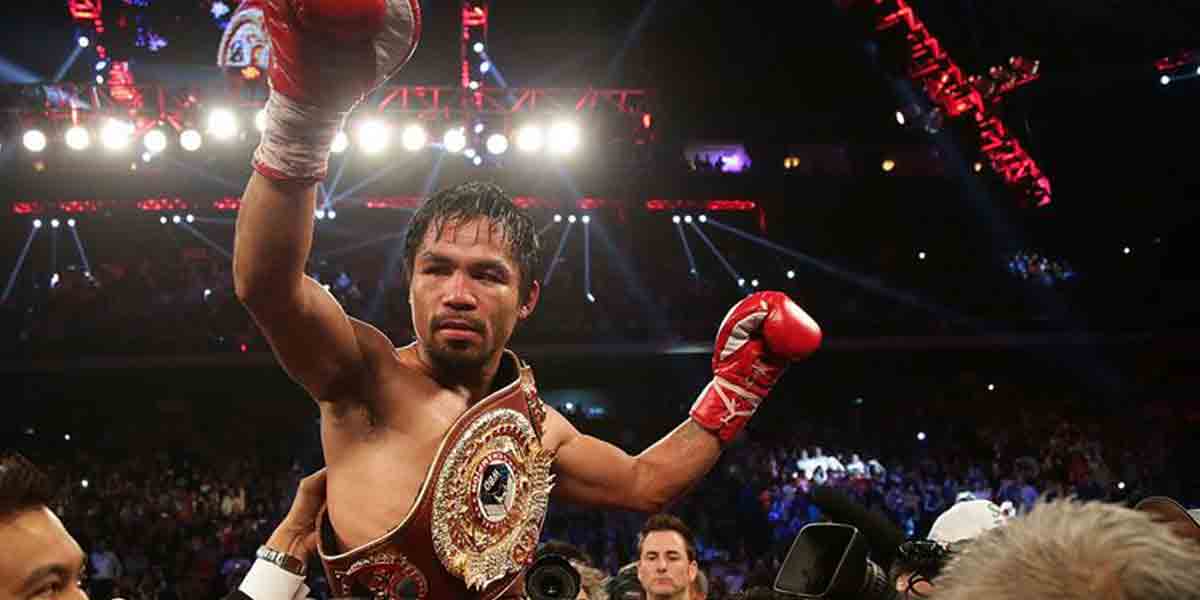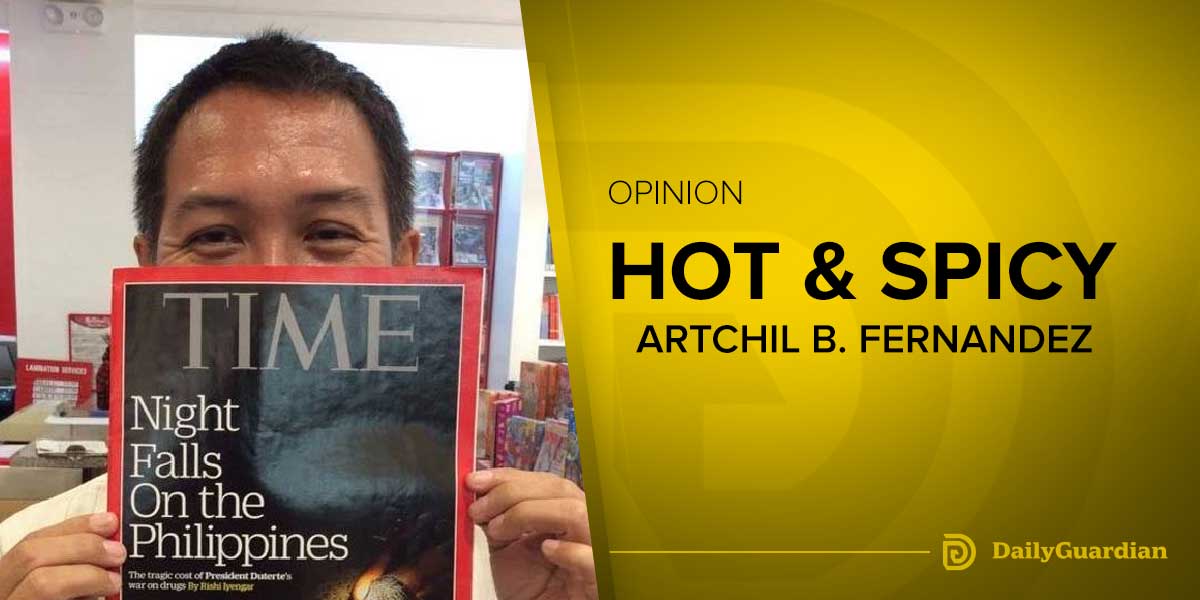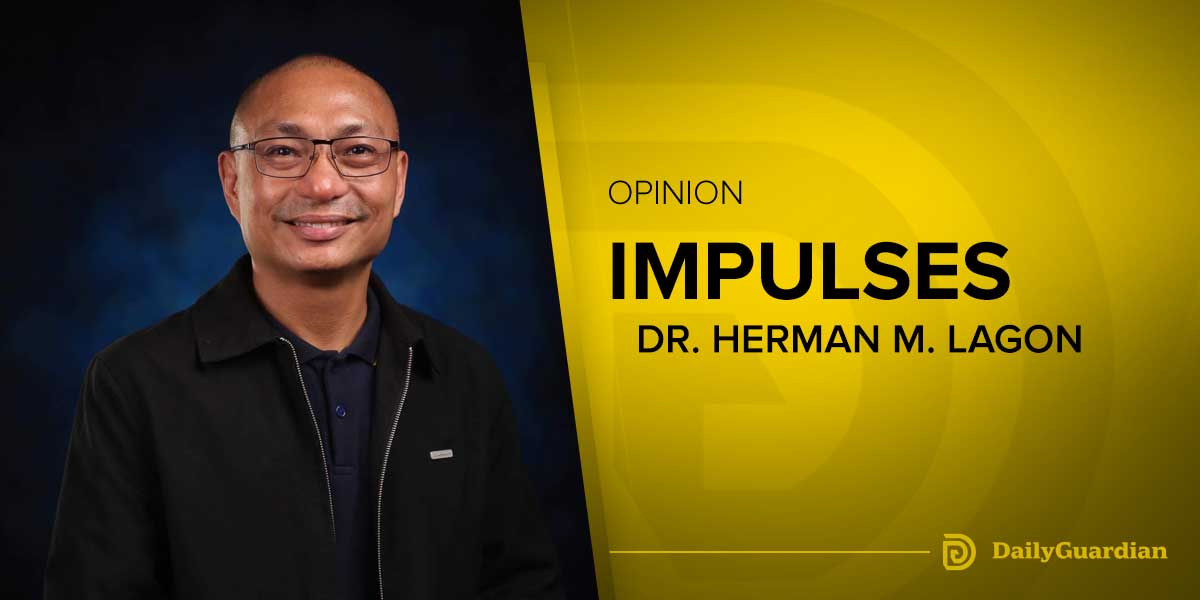By Alex P. Vidal
“This is important: to get to know people, listen, expand the circle of ideas. The world is crisscrossed by roads that come closer together and move apart, but the important thing is that they lead towards the Good.”—Pope Francis
America now has two of the most powerful leaders in the world: President Donald Trump, 78, touted by Trumpites as the “American Caesar,” and the first American pope, Robert Francis Prevost, 69, now known in the Christian world as Pope Leo XIV.
Could it be God’s message to the world—nay, mankind?
It never happened in human history that both the pope and Julius Caesar existed at the same time. If Mr. Trump is indeed the modern or “American Caesar,” then history was made when Prevost was elected as the 267th pope on May 8, 2025, in Vatican City.
No figurehead was known as the “pope” during the time of Julius Caesar (July 100 B.C.–March 15, 44 B.C.).
During the Pax Romana or “Roman Peace”—a period of relative peace and prosperity in the Roman Empire that lasted from 27 B.C.E. to 180 C.E., spanning approximately 200 years—the concept of the papacy, as the head of the Catholic Church, did not yet exist.
The highest religious authority in Rome was Pontifex Maximus, held by Caesar, but this role was part of the traditional Roman religion, not the Christian faith. The office of Pontifex Maximus was later held by Roman emperors.
-o0o-
In late 2020, The Globalist compared Mr. Trump to Caesar. Only weeks later, “Trump himself further validated the comparison by perpetrating the January 6 coup attempt.”
That act of insurrection directly paralleled Caesar’s crossing of the Rubicon with his army—committing open treachery against the Constitution, state and people, according to The Globalist.
The 2020 article found both similarities and differences between Trump and Caesar. One of the most significant similarities was, and continues to be, that both men sought power not for its own sake, but also for the legal protection provided by high office.
Caesar had high-placed enemies ready to bury him under litigation once he resigned his governorship. Trump, out of office, has been—at least partly and preliminarily—subject to accountability for his various political and financial crimes.
Mary Beard wrote in the TLS that the American press seems to have latched onto Julius Caesar after many months struggling for an ancient parallel for Mr. Trump.
“Part of the beauty of it is that it works for both sides. It is hard to make the equation with Nero, say, work for supporters and detractors alike (you might want to suspend judgment on Nero, but you have to have tremendous confidence in your own revisionism actually to make him a figure of positive admiration),” stressed Beard.
“Caesar does just fine. For the Democrats and unhappy Republicans, he is the man who brought down the democracy and ushered in the autocratic rule of the emperors.
-o0o-
“For the Trumpites themselves, Caesar is the man who cleared up the mess of the late Republic and ushered in the Pax Romana (aka Americana).”
She said the truth is that most of these comparisons are as fragile and misleading as any of the party-game-style comparisons between modern politicians and Romans (“Which Roman is Jeremy Corbyn most like?” … well, none, really). And they generally mangle Roman politics (turning Rome, for example, into a two-party state, with a stand-off between optimates and populares), as much as they mangle Trump’s aims and agenda.
As Caerleon explained in HubPages, “The pope is the head of the Roman Catholic Church. This church was established well after the Roman Empire we think of. In reality, this church replaced the Roman Empire after the empire fell.”
A Caesar is the title held by the ruler of the Roman Empire, the emperor.
Most people think of just Julius Caesar as Caesar. He was never the emperor but the dictator. He was the original Caesar, if you will. The emperors after Julius Caesar also had the title Caesar.
Some of the similarities are that the men with these titles ruled much of the same territory. They could be ruthless in their policies to control the people. They also felt they could live by different rules than everyone else.
-o0o-
For example, there were several popes who had children, although the Roman Catholic Church demands a vow of chastity from its clergy.
“You stated that they claimed to be God on earth. This is not entirely true. The Roman emperors did. They were part of a polytheistic culture. As long as the people recognized the emperor as a god, they could practice any other religion they chose,” wrote Caerleon.
“They had a problem with the Christians because at that time, the Christians were intolerant of any other religion. The pope and the leaders he controlled felt they were the word of God. They were speaking for God but were not actually God. There was only One God, and He lived in Heaven.”
The emperors of Rome ruled through military force. The pope’s rule was a more indirect rule, by controlling the leaders that were part of the Roman Catholic Church. This church was the only church in Europe for many centuries.
In the 1500s, there was the Protestant Reformation, and the Church had to fight to survive. At that time, it started to change into the papacy of today, where most countries have a clear separation between state and religion.
Caerleon considered it a very complicated subject that spans thousands of years of history, saying we might want to read one of the Idiot’s Guides about the Roman Empire and/or the Roman Catholic Church.
(The author, who is now based in New York City, used to be the editor of two leading daily newspapers in Iloilo, Philippines.—Ed.)






















